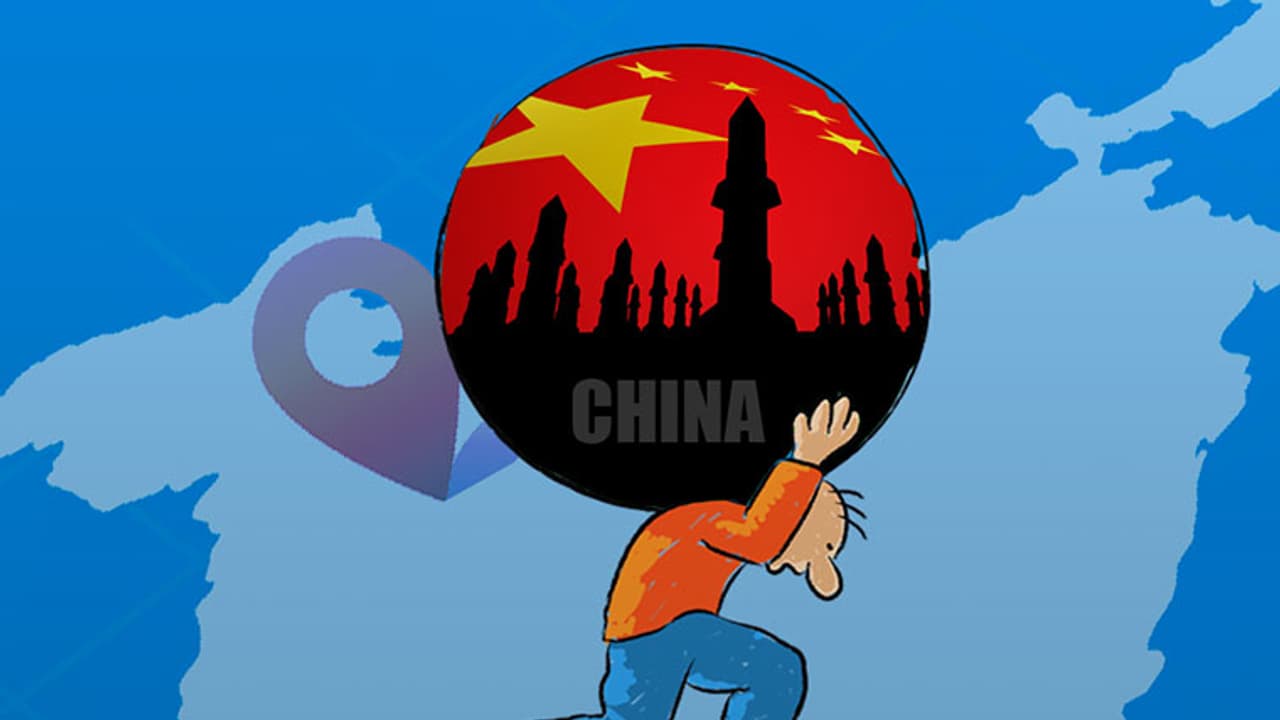China exported $1.6 billion of weapons in 2016, according to IHS, a global consultancy. China’s model of weapon supplies is government to government contacts with upfront financing by Chinese state-owned banks. India exported arms worth $330 million in 2016.

Economic diplomacy has dominated China’s Foreign policy in the recent times. From the $900 billion - 20 year - One belt one road initiative spanning 60 countries, to an estimated $2 billion a year to the BRIC’s bank - onto $26 billion in power, road and port projects foreign direct investment in Africa, the list goes on and on.
To this already significant outreach, China is now adding the military dimension.
China is emerging as a supplier of increasingly sophisticated weaponry to various countries around the world. China exported $1.6 billion of weapons in 2016, according to IHS, a global consultancy. Over the last five years, China’s import of weaponry also have fallen by an estimated 25% signalling greater self-sufficiency for a country.
Supplying advanced weapons:
China is now aggressively marketing its weapons. At the Zhuhai air show in October 2016 – Asia biggest - China displayed 900 types of indigenous weapon systems raising many eyebrows.
Two-thirds of the weapons exported by China constitute small arms like grenades, ammunition and Type - 56 rifles. Over the last five years, though, complex weapon systems are being exported by Beijing.
These have included the formidable Type 054 frigates which are ideal for littoral combat and the Wing loon II armed UAV’s which cruise at 230 kmph and fly up to 30,000 feet. An earlier version of the UAV found a customer in Saudi Arabia.
It is also co-developing a fighter jet - the JF 10 with Pakistan – interestingly the J-10 has an advanced Saturn AL -31 turbofan engine made by India’s closest defence partner – Russia!
While China supplies weapons to nearly 40 countries – three countries Pakistan, Bangladesh and Myanmar account for almost 75% – three countries Pakistan, Bangladesh and Myanmar account for almost 75% of the total sales according to SIPRI – a think tank. The same think tank said that China had a 5.9% market share of global trade in 2016.
Pakistan recently opted for eight type 32 Qing class diesel-electric submarines with stealth and attack capabilities ideal for shallow waters of its littoral. This $5 billion deal is the largest order in the history of the PRC’s arms exports and announces its arrival as a supplier of major weapon systems.
In 2016, Bangladesh also announced a deal for two smaller and less modern type 35 submarines - for a reported $300 million. That Bangladesh opted for an offensive undersea asset from China is a coup of sorts for Beijing’s strategy of arming India’s neighbours.
China’s model of weapon supplies is government to government contacts with upfront financing by Chinese state-owned banks. The Chinese have avoided competitive tendering process so far, but that may change going forward.
Chinese weapons are cheap but untested in battle:
One problem with Chinese weapons is that while their unit costs are lower they have high maintenance costs. Quality issues are plenty with missiles supplied to African countries not hitting targets and helicopters crashing.
India’s challenge:
India lags China by a distance in arms exports. India exported arms worth $330 million in 2016. These include the supply of 11 fast interceptor boats to Mauritius, two 105 meters offshore patrol vessels to Sri Lanka ammunition to African countries and a few ALH helicopters to African and South American clients. India also gave some Russian-made Army surplus Mi24 attack helicopters to Afghanistan.
Under the Make in India policy, India’s indigenous military equipment manufacturing capability is about to undergo a radical fillip. In a few years, India could well be in a position to export indigenously made ultra modern weapon systems such as frigates.
However, the one big offensive weapons that could see India’s emergence as a major exporter is the supersonic Brahmos cruise missile co-developed with Russia. This missile and its air-launched version coming on tap over the next two years have elicited interest from 15 countries including the UAE.
For India to match China in scale and depth of weapons systems though may yet take the better part of ten years as currently, we lacks the requisite infrastructure and capability. India also needs to be more aggressive in marketing her military hardware going forward this will have to include providing export credit through Indian banks.
Ninad D Sheth is a senior Delhi-based journalist. The views expressed in this article are his own.
